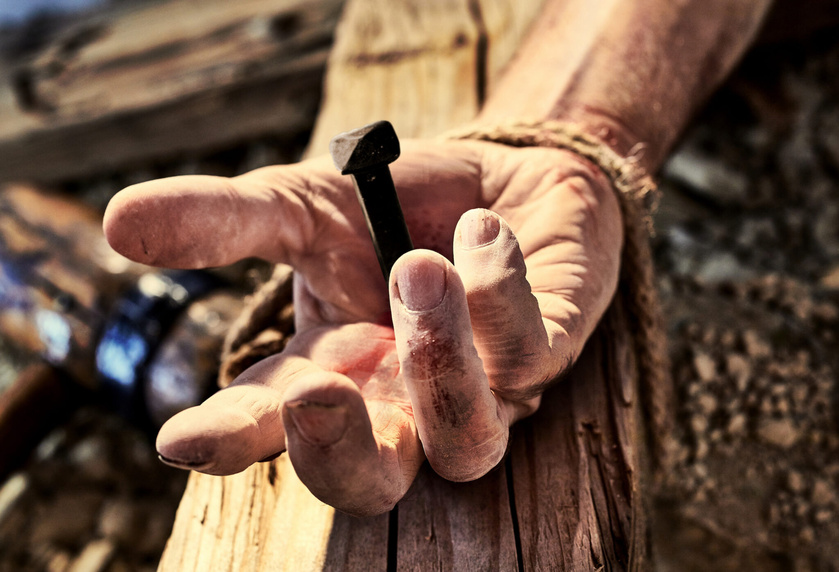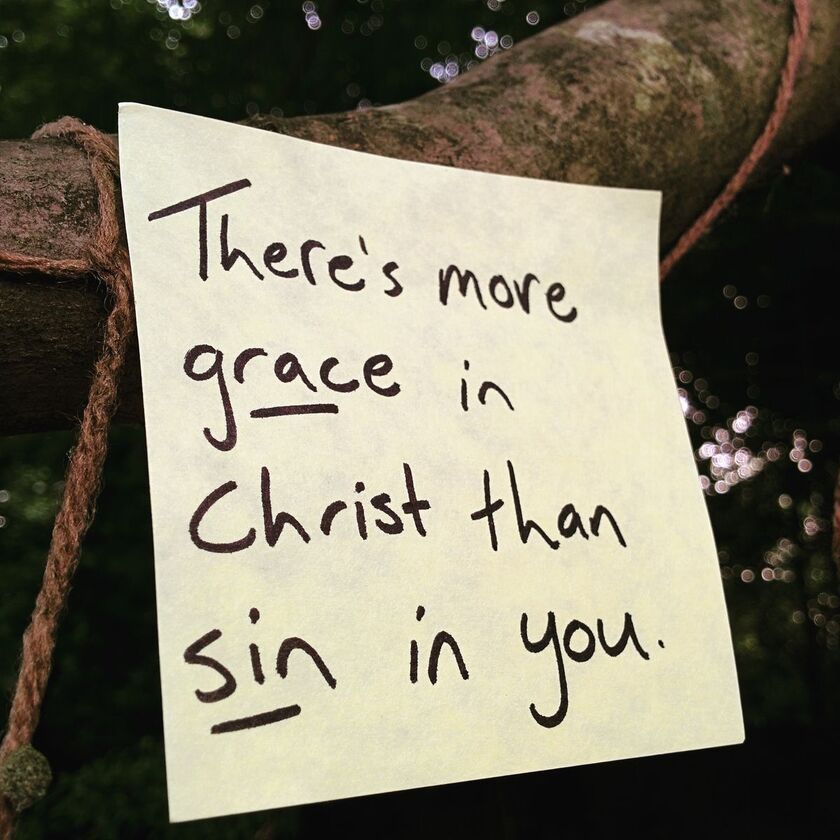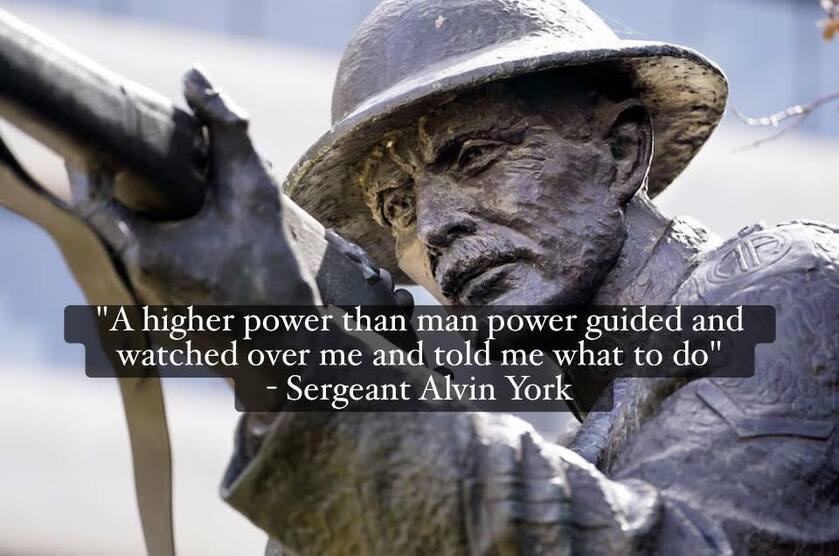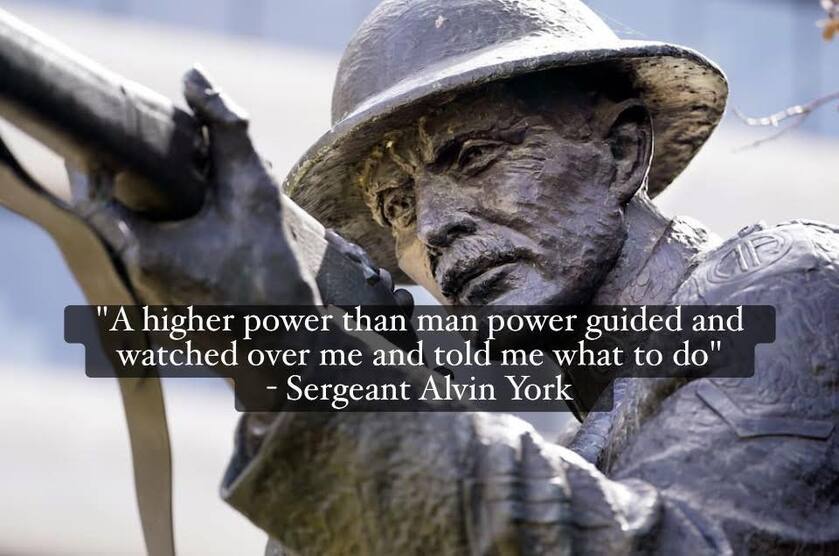Nail Marks of Truth: How Thomas’ Doubt Defies Skepticism and Affirms the Risen Christ
John 20:25 [Thomas said]
"Unless I see the nail marks in his hands and put my finger where the nails were, and put my hand into his side, I will not believe."
Recently Christianity Today published an article about
"Was Jesus Crucified with Nails?" By: DANIEL SILLIMAN https://www.christianitytoday.com/2025/04/was-jesus-crucified-with-nails/
Why do these things crop up? Why does it seem like there are forever naysayers and doubters in regard to the facts and biblical texts that explain the life and times of Jesus? And especially referring to the death and resurrection of Jesus Christ.
I find it ironic that Thomas, the apostle who is infamous for being a "doubting" disciple, is the one that answers best this latest attempt at changing the bible narrative ever so slightly. Thomas' doubts now serve as the best proof for Jesus having been nailed to the cross. And yet, even this obvious fact from John's gospel isn't explicit enough for some.
"Maybe that’s proof that Christ was crucified with nails, García said. But he isn’t completely convinced. Jesus doesn’t explicitly say “nails,” and the Bible does not say Thomas touches Christ’s hands or his feet. Many scholars think John was written later—perhaps after crucifixion with nails had become more common, García said."
So, the problem seems to be degrees of ambiguity. How far someone is willing to stretch their thoughts in order to accept the obvious beyond reasonable doubt. It’s all very subjective, which again is very ironic. The subjectivity lies in how much ambiguity one tolerates before accepting a claim. For believers, Thomas’ words, tradition, and archaeological finds is sufficient. But it's more than that, some things are just plain logical, not contingent upon faith and culture alone. Take for instance this claim about Thomas and the seemingly weak evidence because he doesn't explicitly say "show me the nails". Think about this, Thomas does mention the "nail marks" in his hands, but scholars aren't satisfied because he doesn't mention the nails directly. Okay...fine, you know what else Thomas doesn't mention? Thomas doesn't say, "unless I see the rope burns (marks) on his forearms...". Obviously, the guy wanted to see NAIL marks, not rope burns. So why push in ropes where none are offered?
At any rate, I thank God that I love to explore the interplay between doubt, evidence, and the interpretation of Scripture. I live for things like this.
Why Do These Questions and Doubts Persist?
Well, the easy answer is doubt and questioning are intrinsic to human nature, especially in matters of profound significance like the life, death, and resurrection of Jesus. After all the stakes are high, Christianity hinges on these events. And of course this isn’t new; even in Jesus’ time, people demanded signs (e.g., John 6:30).
Where I think Silliman’s article gets bogged down in the muck is in the tension between ambiguity and silence. The Gospels, including John, were written to convey theological truths, not to serve as forensic reports. These texts aren't meant to convey detailed explanations as if they were compiled by a detective or DA investigator. Now, I understand the critical method. And I get that one must be cautious about later texts that are further removed by time from the event in question. And I understand García’s argument, and how he suggests that John’s late date (often placed c. 90–100 CE) might reflect later crucifixion practices, projecting nails backward onto Jesus’ story. But I believe in this instance it's an overreach.
Why?
Because John is an eyewitness himself. Later or not, John knows what he saw. Dismissing clear textual clues like John 20:25 for the sake of ambiguity is not taking into account this fact.
The simple truth is, crucifixion was a varied practice. Roman sources (e.g., Seneca, Josephus) describe victims being tied, nailed, or both, with crosses ranging from simple stakes to T-shaped or X-shaped structures. There is in fact a built-in ambiguity. And it really isn't important at all in regard to what a follower of Jesus Christ thinks about the death and resurrection.
Or is it important?
Sometimes, challenges to traditional narratives arise from agendas, whether to provoke, to align with secular skepticism, or to reframe Christian history. And sometimes it's just intellectual curiosity. Regardless, such discussions can be unsettling for believers when they appear to undermine core beliefs. And I got to be honest, some biblical concepts have no deep significance in the faith of a believer, but the resurrection is the cornerstone of Christian faith.
1 Corinthians 15:14
"And if Christ has not been raised, our preaching is useless and so is your faith."
Listen, I get it, it's miraculous nature invites scrutiny, because it defies naturalism, and makes for great clickbait. I mean, look, it got my attention. Historicity and inconsistencies or perceived gaps in the narrative are like food for thought for people like me. Not to mention the world has changed a lot since the Information Age began. In a post-Enlightenment world, empirical evidence now often trumps faith-based claims. Biblical texts are now dissected like historical documents at the speed of Ai, sometimes ignoring their theological intent. Critical inquiry is exploding on the scene like never before with the advent of Ai, and yet I've witnessed how the very same human traits are still coming through, even through a machine.
It has been shown that the Ai algorithms will try to please the user. They will coax and manipulate the conversation with tweaks that the Ai knows will lead the user to make certain conclusions about a narrative. It's almost like the concern about the influence of traditional thinking on texts that are written later is still at work today in Ai. The Ai algorithm is creating tradition at light speed.
So, let's circle back and come to a conclusion if we can. Jesus especially appeared to many, even his unbelieving brother James. The New Testament records multiple appearances, reinforcing the resurrection’s reality. In 1 Corinthians 15:5-7, Paul lists appearances to Peter, the Twelve, over 500 believers, James, and all the apostles. And the sincerity of these believers is profound. They all literally put their lives on the line.
James, Jesus’ brother, was skeptical during Jesus’ ministry (John 7:5). Yet, his encounter with the risen Jesus transformed him into a leader in the Jerusalem church (Acts 15:13, Galatians 1:19). And James’ martyrdom, testifies to his conviction. Likewise, every other witness suffered similar fates. Which brings us around to the real issue at work in articles like this in Christianity Today.
I believe, the Christianity Today article and similar challenges persist because of ambiguity, scholarly curiosity, and a post-Enlightenment demand for empirical proof that is driven by spiritual warfare.
2 Corinthians 4:4
"The god of this age has blinded the minds of unbelievers, so that they cannot see the light of the gospel."
Jesus warns of spiritual resistance (John 8:44-45), and Paul describes wrestling "against the powers of this dark world" (Ephesians 6:12). From this perspective, these persistent skepticisms, especially about the resurrection, reflect Satan’s efforts to sow confusion and undermine the faith.
The Christianity Today article isn’t overtly anti-Christian, but its focus on minor details (nails) can subtly erode confidence in the Gospel’s reliability. When we amplify ambiguity, we build up stumbling blocks against faith, and risk distracting from the resurrection’s transformative power. We are effectively aligning with a spiritual strategy to "steal, kill, and destroy" (John 10:10).
Demonically influenced spiritual warfare doesn’t negate intellectual inquiry but it absolutely will exploit it and turn legitimate questions into disproportionate doubts. It wants to feed those doubts wherever it can.
But let's remember and take heart in the irony, it is Thomas’ doubt (John 20:25) that serves as proof of nails, showing how God can redeem skepticism for His glory, even in the face of demonic attacks. Thomas’ demand to see the "nail marks" (John 20:25) is pivotal. His skepticism, answered by Jesus’ invitation to touch the wounds (John 20:27), transforms him into a bold and righteous witness.
John 20:28
Thomas answered him, "My Lord and my God!"
Friends,
He IS risen. No doubt about it. But even doubt becomes evidence. Spiritually, persistent doubts may reflect warfare, but Jesus’ grace, seen in His response to Thomas and others like James, overcomes all skepticism. Friends, use this doubt, ask Jesus to meet you, as He did Thomas, in any questions or skepticism, turning doubt into a deeper faith. And when articles like Christianity Today’s stir up unease, anchor yourself in Scripture (John 20:25-28, 1 Corinthians 15:3-7).
Amen.





















